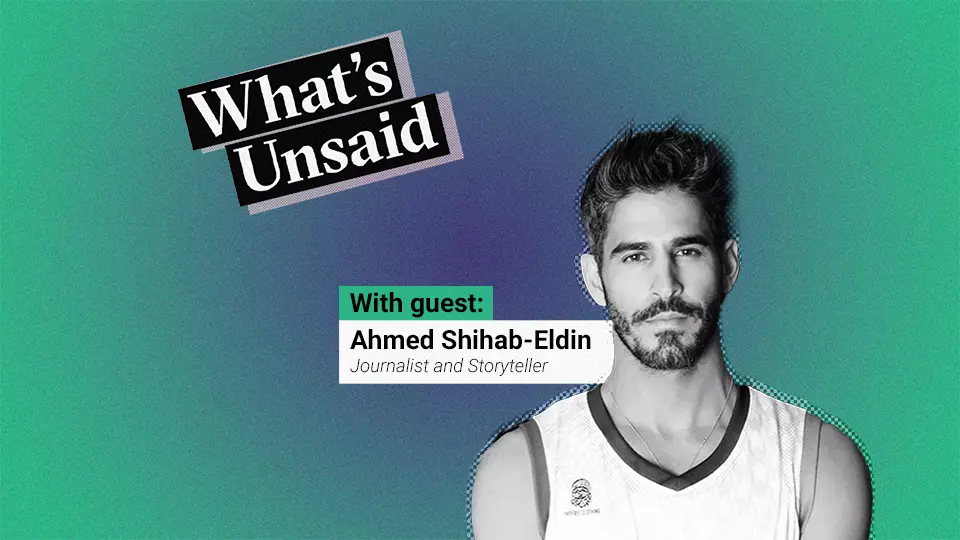Israel has now been waging a brutal military campaign and imposing a near-total siege on Gaza for half a year. By December 2023, experts were already saying it was one of the most destructive military campaigns in recent history.
At the six-month mark, the Israeli military has killed more than 33,000 Palestinians, including over 13,000 children and 8,400 women. An additional 8,000 people are missing, and nearly 76,000 have been injured.
Almost the entire population of around 2.3 million people in the Gaza Strip has been displaced, and 62% of all homes have been damaged or reduced to rubble.
The school system has collapsed, and many schools are being used as shelters for the displaced; 84% of health facilities have been destroyed or damaged; 74% of the workforce is unemployed; and 1.1 million people face imminent, man-made famine.
Even if Israel had stopped its military campaign at the end of January, the World Bank’s estimate of what it would cost to reconstruct just the damaged physical structures in Gaza is $18.5 billion.
The war began after Hamas – the Palestinian political party and militant group that has governed Gaza since 2007 – launched a deadly raid into Israel on 7 October last year, killing around 1,200 people, most of them civilians, and taking some 240 hostages. As many as 134 hostages continue to be held in Gaza, although some are believed to be dead.
So far, efforts to reach a ceasefire have come to nought, and Israel continues to limit the amount of humanitarian aid entering Gaza and to obstruct its distribution – including by killing an unprecedented number of aid workers and pushing to dismantle the largest aid agency in the enclave.
When the guns eventually do fall silent, there are resounding questions about what will be left and what governing entity or arrangement will assume responsibility for what happens next in the devastated territory and to its battered people.
All of this presents – and will continue to present – humanitarian actors with daunting logistical and financial questions as well as fraught moral and ethical considerations that they will have to navigate for months and years to come.
For now, here’s a look at some of our recent coverage:
In-depth: Israeli attempt to circumvent UN contributes to Gaza aid chaos
‘It’s chaos here, and it is caused by a seemingly wilful application of unpredictability to a system that relies on predictability.’
What’s Unsaid | Gaza: Is a ceasefire enough?
A Kuwaiti-American journalist of Palestinian descent describes Israel’s disregard for the UN Security Council’s call for an immediate ceasefire in Palestine.
I had to leave Gaza, but my dream is to return and rebuild
Palestinian aid worker Tala Abu Nahla reflects on the difficult process of leaving Gaza, the psychological weight of the war, and an uncertain future.
Thousands will now die of starvation and disease in Gaza: Alex de Waal
One of the world’s leading hunger experts says the US, Britain, and other countries have tolerated Israel’s deliberate creation of famine.
Behind the numbers: Gaza’s unprecedented aid worker death toll
More humanitarians were killed in Gaza than the deadliest year ever recorded globally. Aid officials fear a new norm that numbs people to the damage.
Gaza in-depth: Why Israel wants to end UNRWA and what its closure would mean
The UN’s agency for Palestine refugees has long been a lightning rod for controversy. Now, Israel is intensifying efforts to dismantle it.
‘Humanitarian crisis’ is a euphemism that covers up and shields those responsible
Refusing to name the actors and factors responsible for human suffering directs people away from taking action to address the root causes.
In northern Gaza, Palestinians eat grass to survive Israeli siege and food shortages
The killing of more than 100 people trying to access an aid convoy underlines the level of deprivation those in the north are now facing.












